
According to the author of the material, in 1991, when the Soviet Union collapsed, Ukrainian plants did not have a different choice and continued to sell their products in the territory of Russia. For more than two decades, the defensive sectors of the two neighboring countries have been connected directly and handed hand in hand. It changed in 2014, when the Kremlin decided to occupy the Crimean Peninsula and introduced troops into the Donbas.
Collaboration with the enemy in the weapon industry stopped, but then the work of production lines also stopped. Ukroboronprom began to look for new customers, including in the West. "We needed to take this post -Soviet hippos and turn it into a Western company," said expenser of the CEO of "Ukroboronprom" Denis Gurak.
At the same time, he believes that at one time the main obstacles arose not from the event, but of domestic old heads of the system, who were not interested in adapting to the Western market. As a result, until 2016, it continued in the material, it became clear that the government refused to change the system. In 2022, the domestic weapon industry, as noted, worked in idle and no artillery projectile was released in the first year of the invasion.
At this time, Ukraine needed rapid delivery of weapons. The Armed Forces was used both existing domestic reserves and weapons of allies, but over time they began to exhaust themselves. There was also a question about damaged tanks that Ukraine was about to send to Poland for repair.
The Minister for Strategic Industry of Ukraine Oleksandr Kamyshin visited Ukrainian tank plants and front -line repair points, after which it became clear that with some state support it could cope with this issue within the country. Already in June last year, the director of one of Herman Smetanin's tank plants was appointed director of Ukroboronprom. In a few months, it is noted in the material, he turned the state concern into an enterprise that is able to cooperate with foreign firms.
"The challenges are definitely huge. Kamyshyn's ministry is tasked with reforming the giant system of secret objects in the midst of invasion, while Russian missiles firing its factories from the air, and Ukrainian special services are hunting for hostile agents from the inside," Simimon Schuster writes, "Simon Schuster writes," . The enemy, meanwhile, continues provocations, said in the article, and has repeatedly tried to deal with key figures in the European industry.
For example, once there was an attempt to poison the arms trader in Bulgaria, because his factories were assisted by the Armed Forces. "It sounds boring. But there is a formula:" The price of murder. "It applies to almost every weapon produced by Ukraine. One rocket" Stugna ", for example, kills an average of three enemy soldiers, each of which costs an average of $ 4613. Comparisons, Simple FPV, have a ratio of "murder" about $ 1650.
This difference led him to a simple conclusion: "You have to invest in such drones as much money as possible," - said Alexander Kamyshin. Born in Moscow in 1989, but later his family emigrated to the United States. In adulthood, he returned back to Russia, where he wrote for The Moscow Times, Associated Press, Reuters, covering the situation in Russian politics.
After the start of Russian aggression 2014, he switched On the topic of conflict between countries, and since 2022 it spends a lot of time in Ukraine. Recall that on January 18 it was reported that the production of weapons in Ukraine requires modernization of factories and investments. According to Deputy Minister Ivan Havrylyuk, if Kiev managed to establish production in the required volume Then it would be possible to save greatly, including logistics.


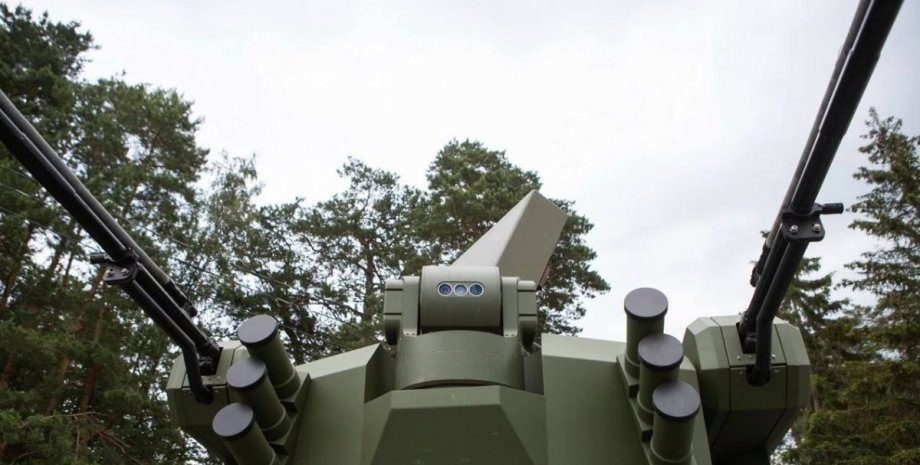
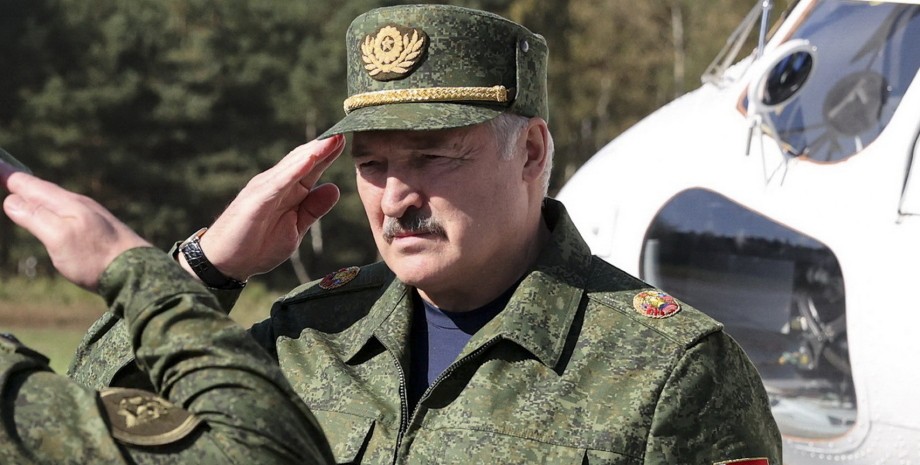
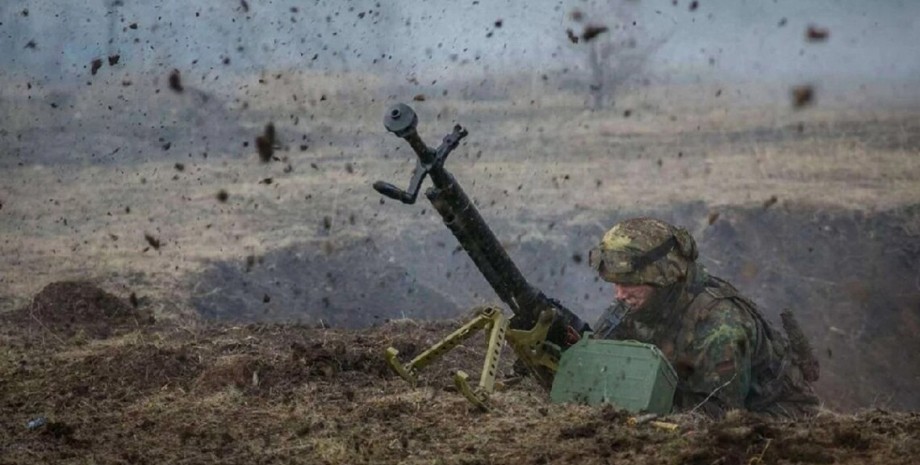

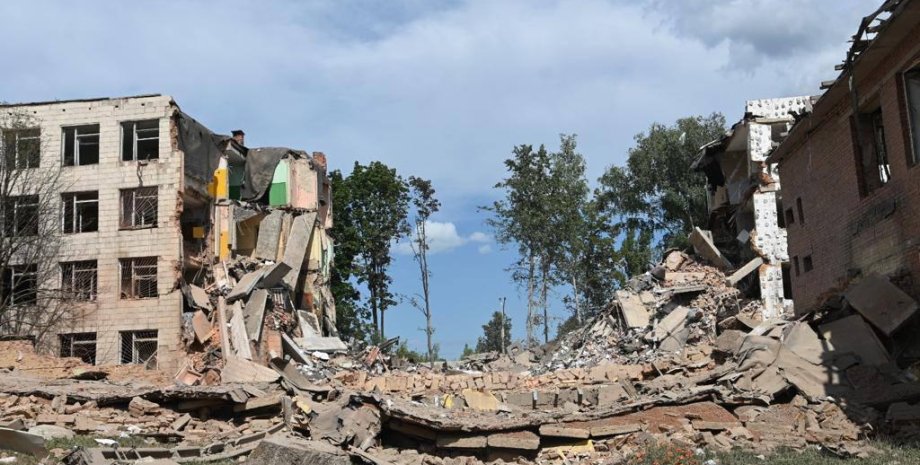
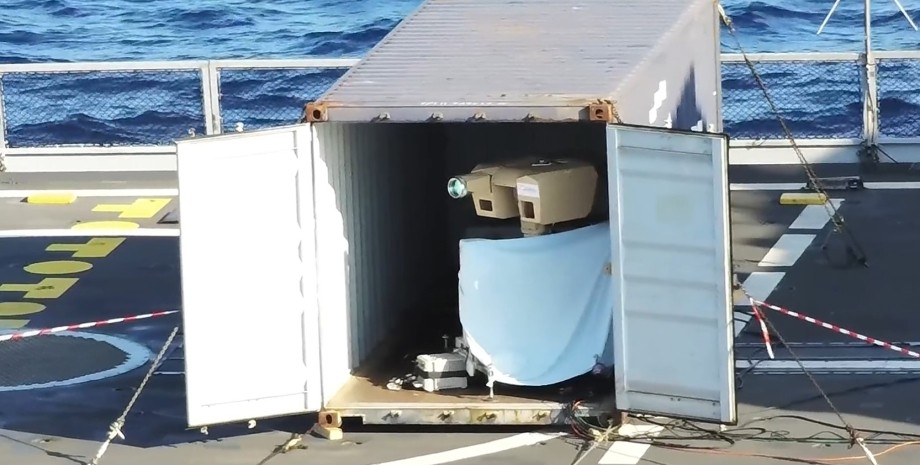
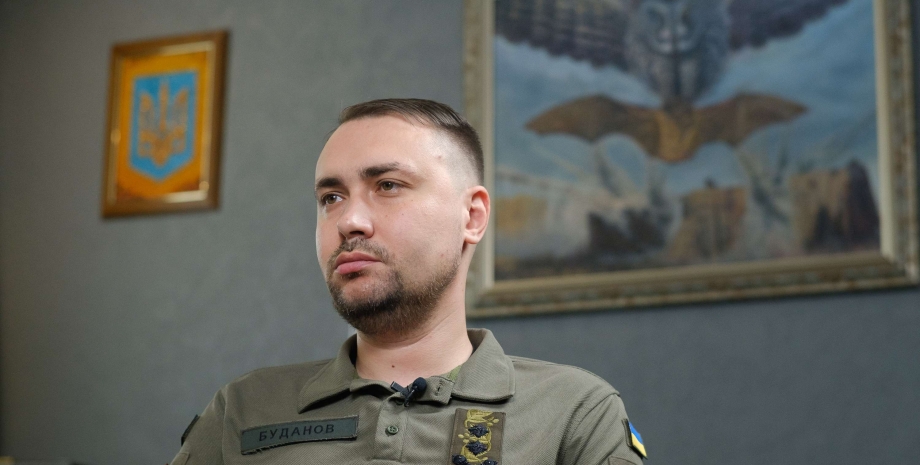
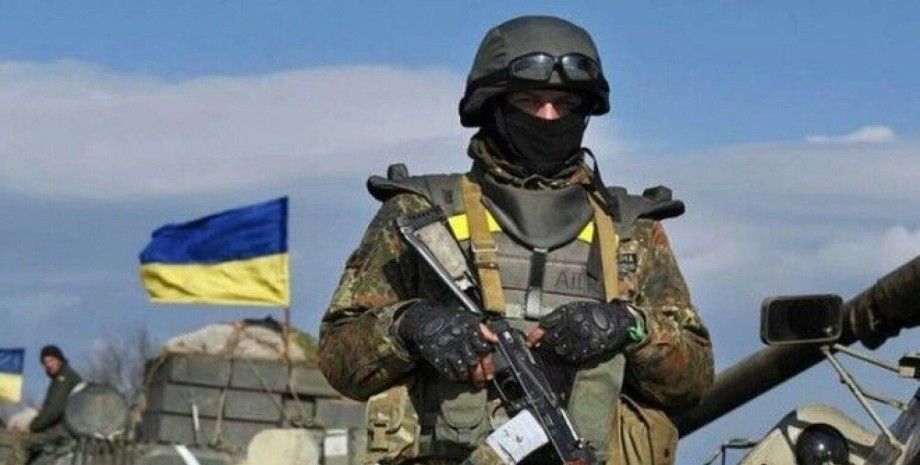
All rights reserved IN-Ukraine.info - 2022